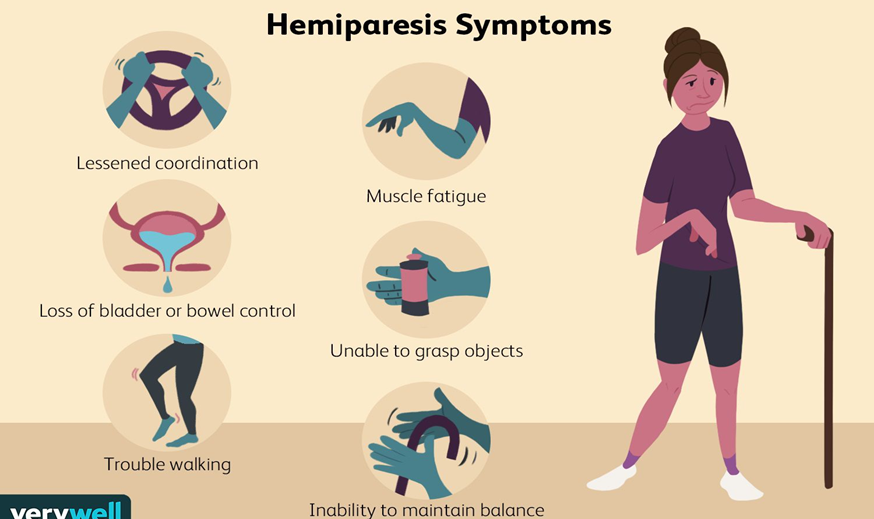A nurse is caring for an elderly client diagnosed with a urinary tract infection (UTI). The family reports an abrupt onset of altered mental status, disorientation, and intermittent hallucinations. The nurse would identify these signs to be consistent with which sensory alteration?
Sleep deprivation
Normal signs of aging
Dementia
Delirium
The Correct Answer is D
Choice A Reason:
Sleep deprivation is incorrect. While sleep deprivation can cause confusion and disorientation, it is less likely to cause abrupt onset of altered mental status and hallucinations. Sleep deprivation typically results in gradual cognitive decline and fatigue rather than sudden changes.
Choice B Reason:
Normal signs of aging is incorrect. Normal aging can involve some cognitive decline, but it does not typically cause sudden and severe symptoms like hallucinations and significant disorientation. These symptoms are more indicative of an acute condition.
Choice C Reason:
Dementia is incorrect. Dementia involves a gradual decline in cognitive function over time and does not typically present with sudden onset of symptoms. While dementia can include hallucinations and disorientation, these symptoms usually develop progressively.
Choice D Reason:
Delirium is correct. Delirium is characterized by a sudden onset of confusion, disorientation, and changes in mental status. It is often triggered by acute medical conditions such as infections, including UTIs. Elderly patients are particularly susceptible to delirium, which can include symptoms like hallucinations and severe confusion.
Nursing Test Bank
Naxlex Comprehensive Predictor Exams
Related Questions
Correct Answer is A
Explanation
Choice A reason: Holding the cane on the opposite side of the weaker leg is the correct technique. For a client with left-sided weakness, holding the cane on the right side provides better support and balance. This method helps distribute weight away from the weaker side and reduces the risk of falls. The cane should be moved simultaneously with the weaker leg to maintain stability.

Choice B reason: Advancing the right leg and the cane together is incorrect. The correct technique involves moving the cane and the weaker leg (left leg in this case) together. This coordination helps in maintaining balance and provides the necessary support to the weaker side. Moving the stronger leg and the cane together does not offer the same level of support.
Choice C reason: Removing the rubber tip when using the cane is not advisable. The rubber tip provides traction and prevents the cane from slipping on various surfaces. Removing it would increase the risk of falls and injuries. The rubber tip is an essential safety feature of the cane.
Choice D reason: Placing the cane approximately 61 cm (24 inches) in front of the foot is too far. The cane should be placed about 15-20 cm (6-8 inches) in front of the foot to ensure stability and ease of movement. Placing the cane too far ahead can cause instability and make walking more difficult.
Correct Answer is A
Explanation
Choice A Reason:
Fiber is correct. Fiber is essential for maintaining healthy bowel elimination. It helps to add bulk to the stool and promotes regular bowel movements. There are two types of fiber: soluble and insoluble. Soluble fiber absorbs water and forms a gel-like substance, which helps soften the stool and make it easier to pass. Insoluble fiber adds bulk to the stool and helps it move through the digestive tract more quickly.

Choice B Reason:
Fat is incorrect. While fats are an important part of a balanced diet, they do not play a primary role in maintaining healthy bowel elimination. Fats are essential for energy and the absorption of fat-soluble vitamins, but they do not have the same effect on bowel movements as fiber.
Choice C Reason:
Protein is incorrect. Protein is crucial for building and repairing tissues, but it does not directly influence bowel elimination. A diet high in protein without adequate fiber can sometimes lead to constipation.
Choice D Reason:
Minerals are incorrect. Minerals are vital for various bodily functions, including bone health, fluid balance, and muscle function. However, they do not directly impact bowel elimination in the same way that fiber does.
Whether you are a student looking to ace your exams or a practicing nurse seeking to enhance your expertise , our nursing education contents will empower you with the confidence and competence to make a difference in the lives of patients and become a respected leader in the healthcare field.
Visit Naxlex, invest in your future and unlock endless possibilities with our unparalleled nursing education contents today
Report Wrong Answer on the Current Question
Do you disagree with the answer? If yes, what is your expected answer? Explain.
Kindly be descriptive with the issue you are facing.
